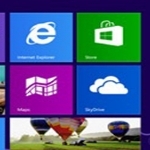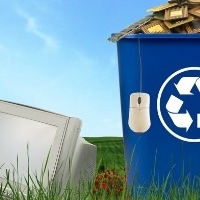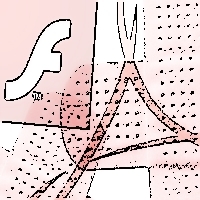
by Christina DesMarais for Techlicious
Windows 8 is Definitely Different
Windows 8 has been released to the masses. To call it merely a “redesign,” would be a huge understatement because unlike Microsoft operating systems of the past Windows 8 is optimized for touchscreens. It still works with keyboards and mice, but it’s radically different from what you’re used to with Windows 7, XP or Vista.
While you might wonder why Microsoft had to mess with the most popular operating system on the planet, there’s no doubt touchscreen technology is where the future is headed.
For example, Intel has promised that by the end of the year 40 new Windows 8 Ultrabook laptops from various manufacturers will come to market with touchscreen displays. And just look at all the all-in-one desktop PCs selling at Amazon.com that ship with touchscreens. And of course, there’s Microsoft’s own Surface RT tablet, which is finally in stores as of October 26—it uses many elements of Windows 8 but only runs apps from the Windows app store.
The Difference
When you turn on your computer it might not be evident how to log-in. To get to the log-in screen you can press any key or click and drag up from the bottom edge of your screen.
Once you log-in you’ll come to a start screen that lays out the start menu in tiles, instead of a list like it was with earlier versions of the OS. While this might seem overwhelming and confusing, it’s actually an informative and visual way to organize your apps—both full-screen apps you get from the Windows App Store as well as standard desktop apps such as Windows Explorer. In this photo, for example, you can see a weather tile that shows you what temperature it is outside and a mail tile, which updates in real-time to display message headers as they come in.
This excerpt appears with the permission of Techlicious.




